Many of our barn families are new to the world horse shows, so we’ve put together this guide of (we hope) everything you need to know about what to do, what to bring, and what to wear. Click here for a printable version.
Before your first show:
- Meet with Jan to review and select the best shows for your rider
- Schedule an appointment in advance (Jan is usually teaching back to back lessons Saturdays and Sundays so she can’t always talk then).
- You need to commit
- Shows sell out and entries (and payments) can be due weeks to months in advance
- Jan’s horses usually have several riders interested in showing them
- We need to plan ahead for trainers, grooms, and trailering
- The shows need to plan ahead for staff, rings, and stalls
- There is a scratch fee for late cancellations
- Make sure your rider is signed up for all the right memberships.
- United States Equestrian Federation usef.org
- Pacific Coast Horse Shows Association PCHA www.pchorseshows.org
- California Professiona Horseman’s Association CPHA cpha.org
- Northern California Hunter Jumper Association NorCal www.norcalhunterjumpers.com
- Memberships are not needed for the JK Presents shows
- If you own your own horse, the horse should also be registered with USEF, PCHA and NorCal (check with Jan if all apply to your horse)
Clothing:
- For 12 & older:
- Tall boots in black
- Ariat offers an affordable option in addition to the top of the line “Monaco”
- Equiport makes custom tall boots at a good price point
- Tan knee-patch Breeches with side zip (Not Full Seat!)
- Best (and most expensive): Pikeur
- Mid-high price: Tailored Sportsman
- Mid price (best value): Ariat
- Belt
- White show shirt (Essex is a popular brand) and navy blue jacket (RJ Classics is a popular brand)
-
- Additional colors allowed for hunters and jumpers but it’s best to begin with white and navy (the most traditional)
- Necktie, for boys
- Helmet
- If you are showing at a rated show, you need a show helmet
- GPA or Charles Owen are recommended
- Tall boots in black
- If you are showing in Jumpers, jackets are optional
- At higher levels, if you are showing in a Jumper classic, you’ll need a white shirt, white breeches, a jacket, and a white tie for boys.
Clothing:
- For 11 & younger, all of the above but instead of tall boots, riders wear black paddock boots and jodhpur garter straps
Carousel Saddlery is just down the road from the barn with a wonderful selection and a very friendly and knowledgable staff. Some good online sources are Dover Saddlery, Beval Saddlery, State Line Tack, Smart Pak.
If your rider is a boy, especially an older boy, don’t wait until the last minute to shop because the items you need may not be in stock. The local stores can order what you need, or you can shop online.
Consider doing a practice run prior to the show. Those little things like the collar and the hair net/helmet combo can trip everyone up, especially when nerves run high.
Tack Trunk:
- Pack the tack trunk (with the help of grooms) before the horses go to the show
- Saddle, bridle, boots
- Use the trunk throughout the show to store your crop, helmet, spurs, etc.
- If you do not yet own your own trunk, talk to Jan ahead of packing to see which trunks are available to use on loan
At the show:
- Expect to warm up at the show on Thursday afternoon
- Schedule with Jan ahead to secure a schooling time with her
- Find out from Jan what classes your rider is signed up for
- Get a show schedule from the show office
- It’s important to be there an hour or more before the class time in order to school the horse.
- Have your phone with you at all times so you can communicate with Jan via text
- Schedules run late, and sometimes early. You or your rider will need to check with the show staff at each ring to make sure you know when your class is starting.
- Your rider should arrive at the show already dressed, except for helmet and coat.
- You child never goes into the ring without a trainer. The people at the gate (the entrance to each ring) will know this. Just tell them that your trainer is busy in another ring, if necessary.
- Usually, the riders and horses are warmed up in a practice ring near the show ring. Your child will need to “learn the course” before showing.
- If your child is in a more advanced class, he or she will “walk the course” with a trainer before the class starts.
- Make sure your child drinks enough fluids (there is usually water available near each ring) and eats something throughout the day. All the shows have food; some is better than others. Most are overpriced.
- Try to keep the sitting area at the JP Training show neat. Usually the areas are being judged.
- The numbers are assigned to the horse, not the rider. So it’s important to keep the numbers with the horse (translation: always give it to the grooms before walking off site)
- If Jan tells you to add/scratch out of a class, fill out an add/scratch slip ahead of the start of the class to avoid being charged for the class (a scratch fee may apply).
- Don’t sit on your horse longer than necessary. If you have a long time between classes, bring your horse back to our stalls so the grooms can get them food, water, and rest.
Braiding for horses
- If you are showing in hunters or equitation at a rated show, your horse’s mane and tail will be braided daily by a professional braider.
Costs & Paying:
- Most horse shows ask for an “open check”
- Bring your check the horse show office as soon as you arrive
- On the last day of the show (after your very last class), “close out” the check in the office. Know the number of your horse(s) to speed up the process. And look over the print out — mistakes are known to happen.
- Credit cards are most often accepted although with a surcharge (Woodside Horse Park charges 3% extra for credit cards).
- You will pay the show for show fees, class fees, stall rental, and your percentage of feed, shavings, and tack stalls. The fees for rated shows can be $1,000 or more.
- Bring a checkbook to pay the braider.
- The braider puts up a list of everyone’s amount owed on Saturday, posted in the changing room. You need to put a check for the braids into the envelope by Saturday evening.
- Braiding is required for hunters and equitation and for medal classes. Expect to pay $100-$300 for the entire show.
- If you are using one of Jan’s horses, the cost is $60 per day.
- Bring cash on Sunday (or last day of showing) for the groom’s tip. At our barn, most people pay $25 per day per horse or $100 per show. You might add more if your horse took some special care. Give it to Camilo, or whoever is head groom at the show, who will distribute it.
- After the show, you will receive a bill from Jan with charges for hauling, grooming, show training, etc.
Photography:
- There is always a professional photographer on site. The photographer tries to capture all riders but will keep more of an eye out for you if you sign up with your show number at the booth.
Essentials:
- Sunscreen, a hat, reading material
- Water and snacks
- Emergency kit with shout wipes, hair ties, hair nets
- Cookies, carrots, apples for the horses
Books:
- The Horse Show Mom’s Survival Guide by Susan Daniels
- The Complete Guide to Hunter Seat Training, Showing, and Judging by Anna Jane White-Mullin
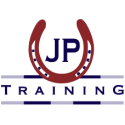
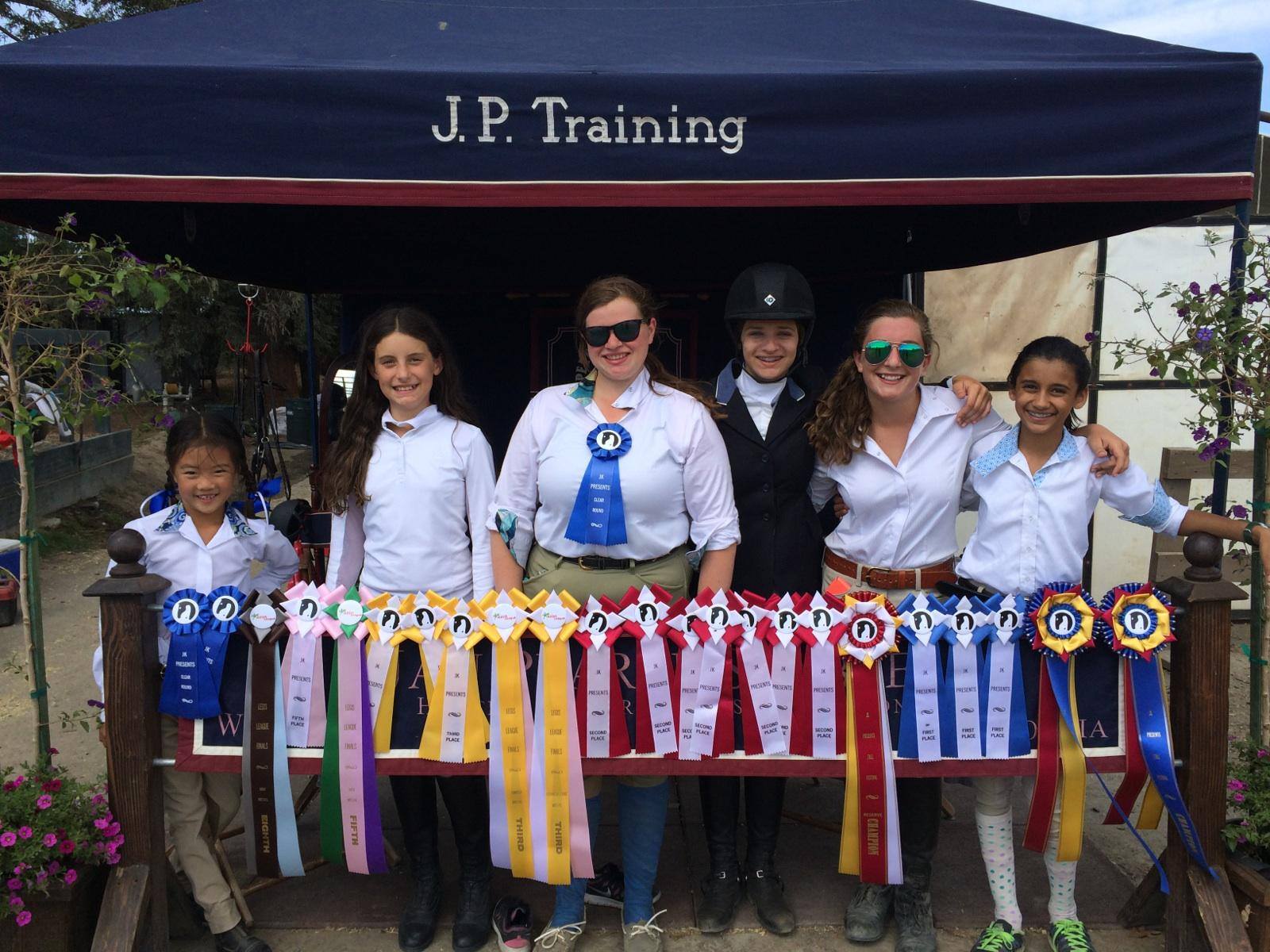
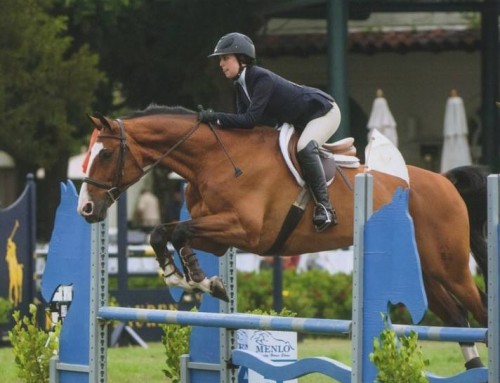
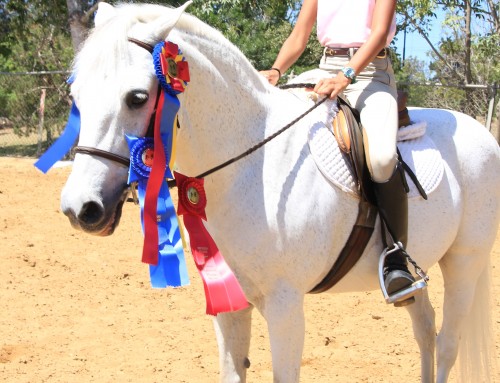
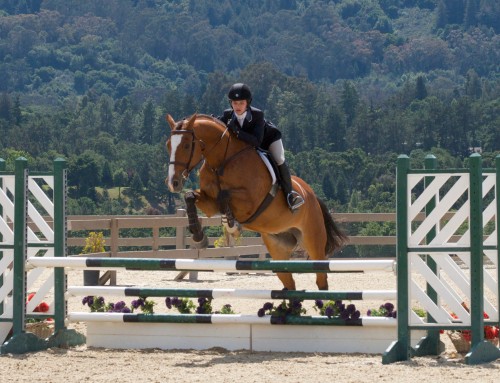
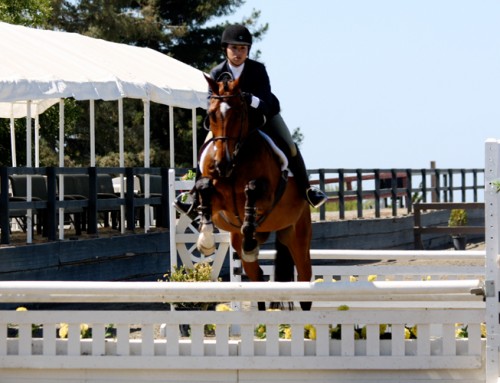
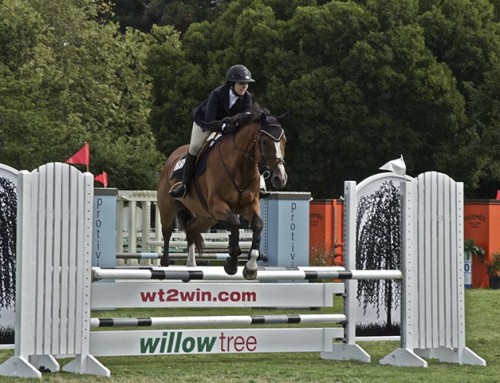
Leave A Comment
You must be logged in to post a comment.